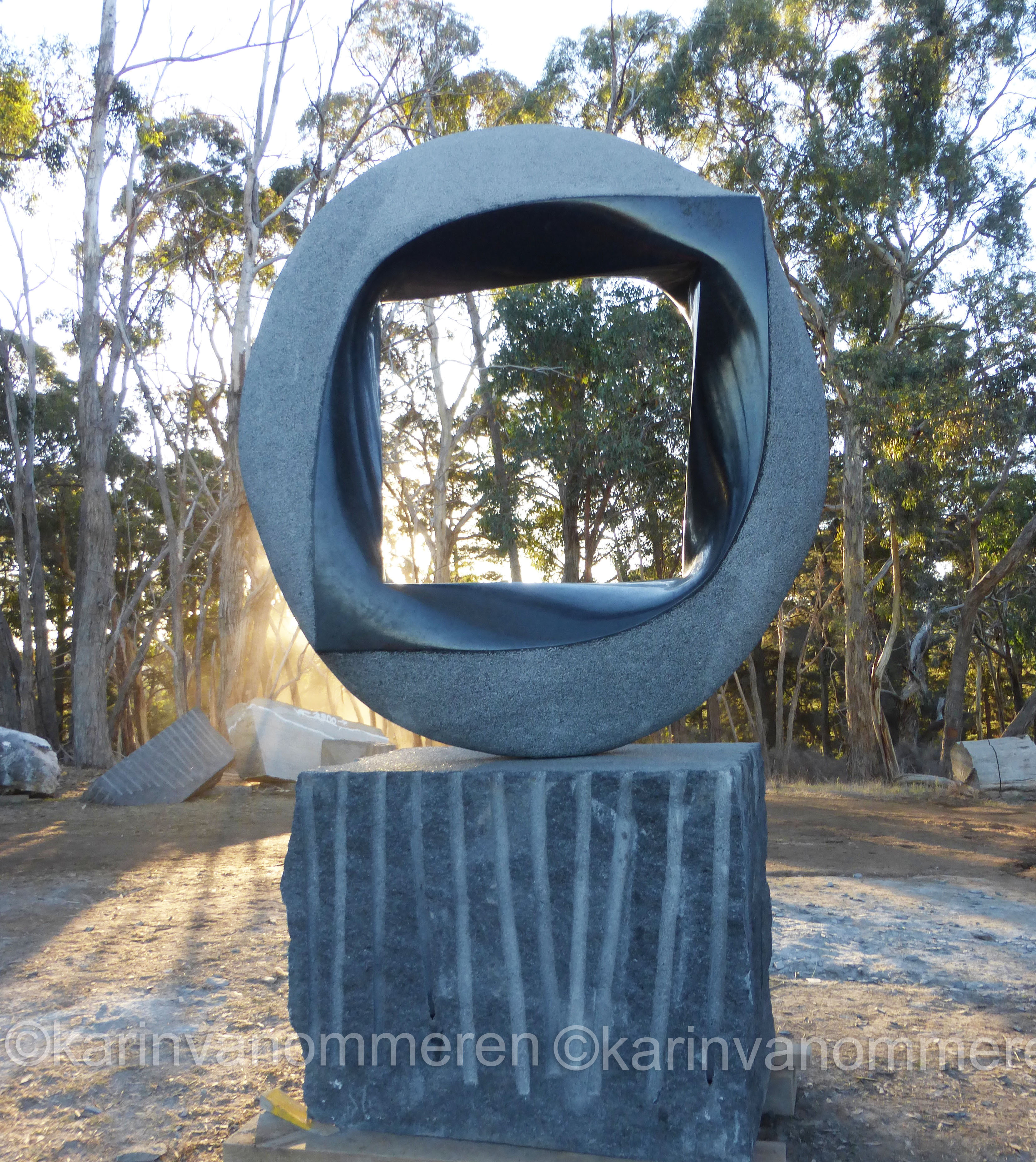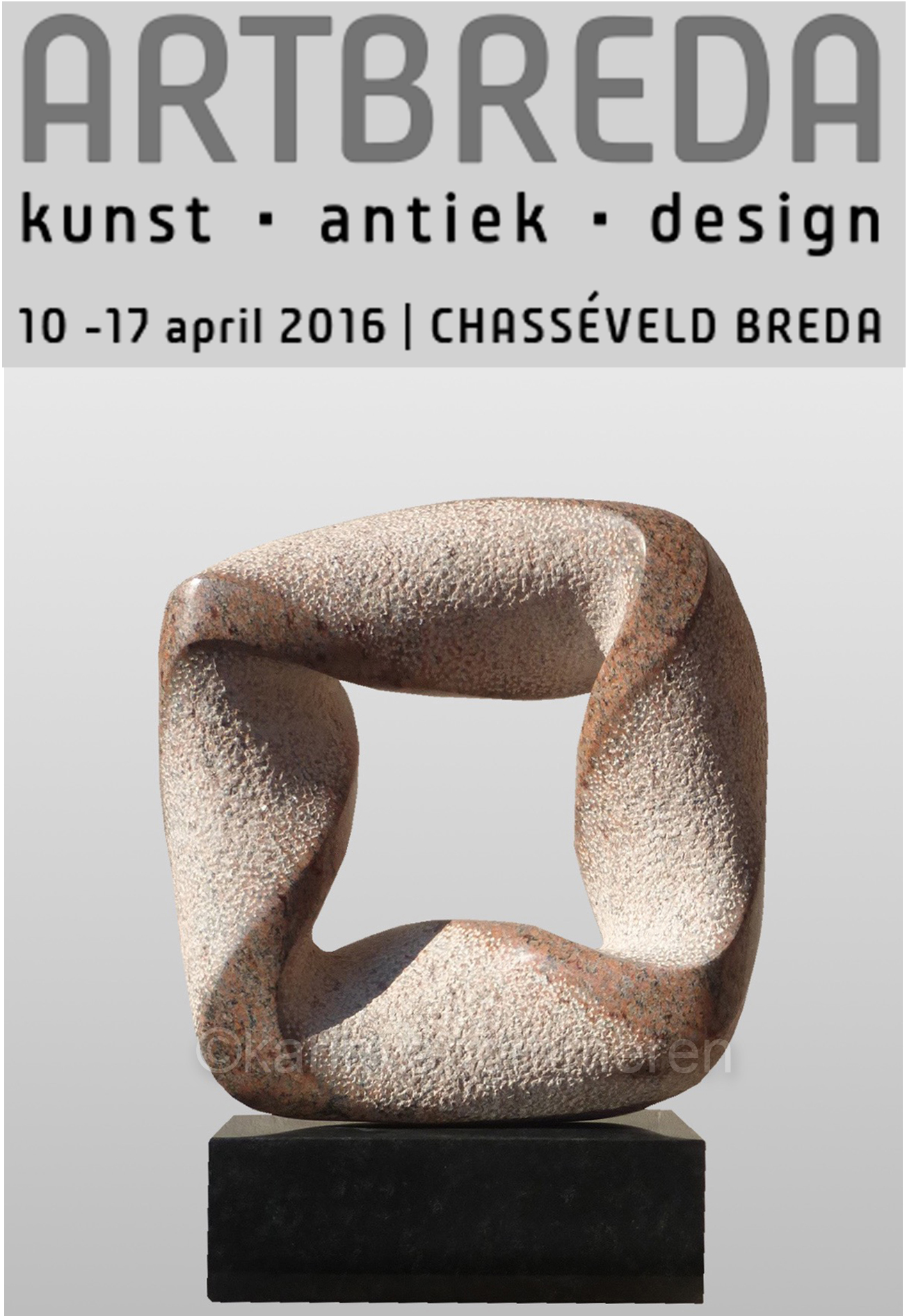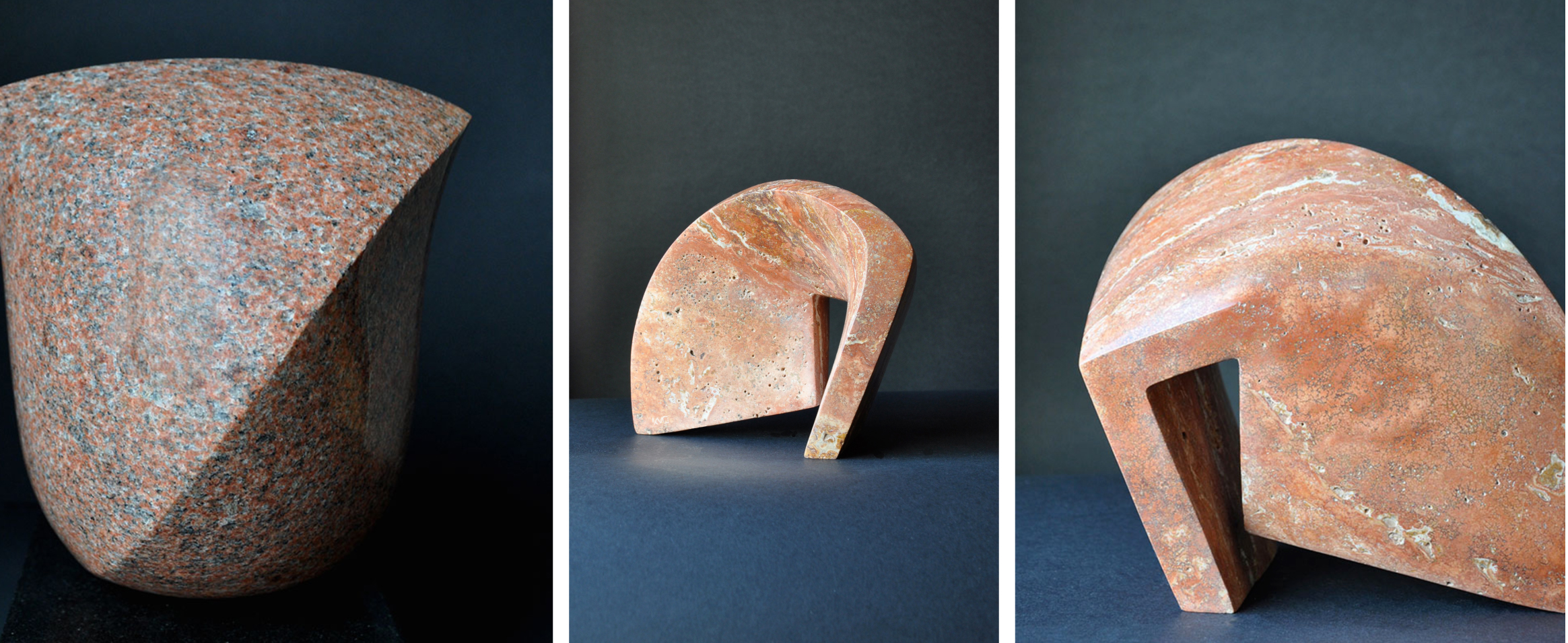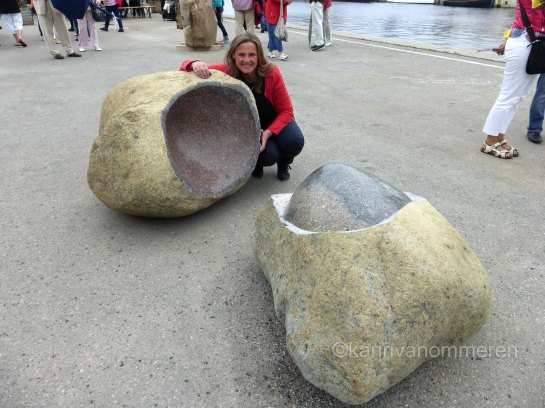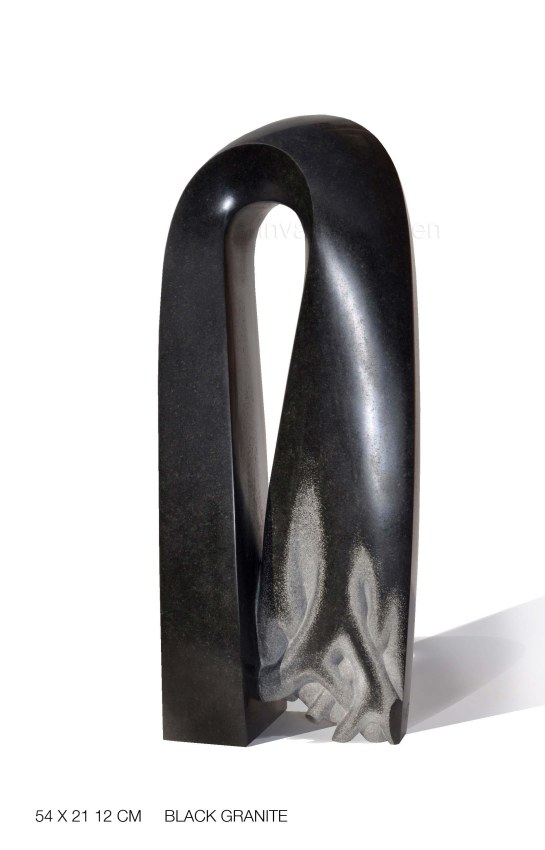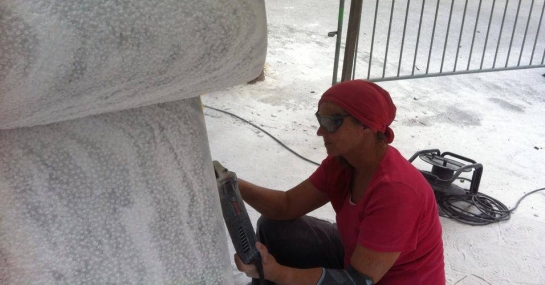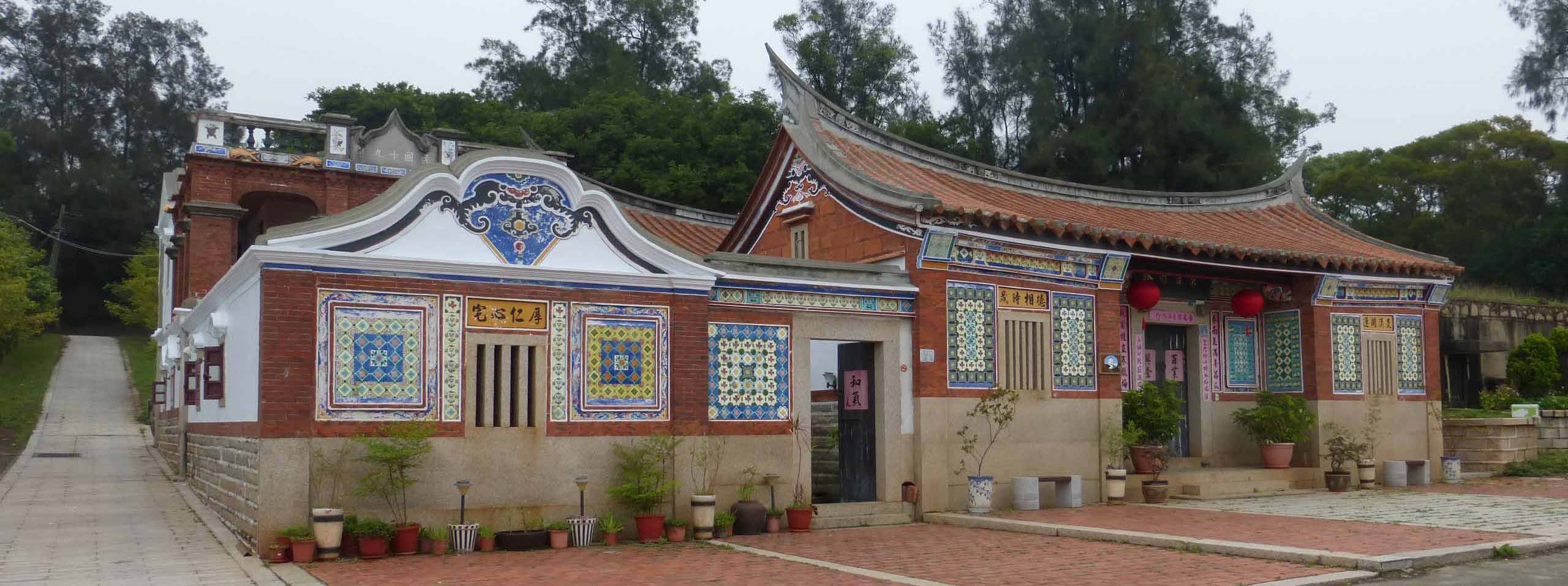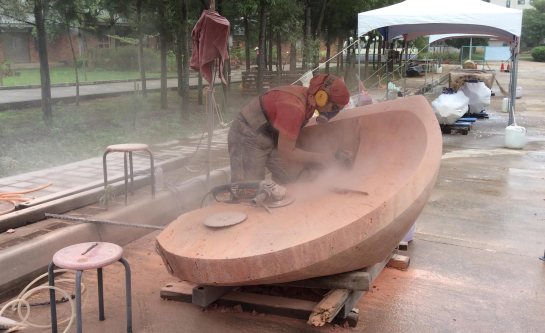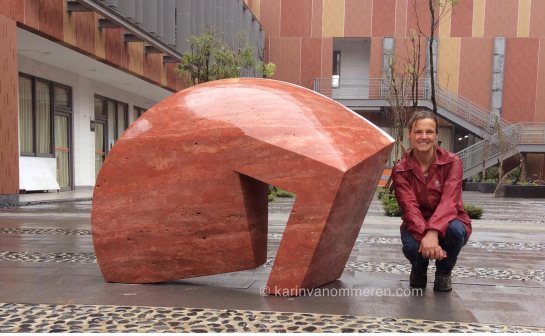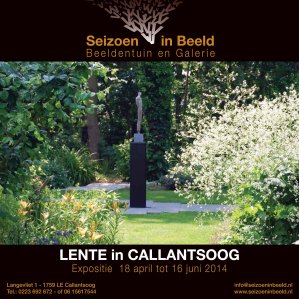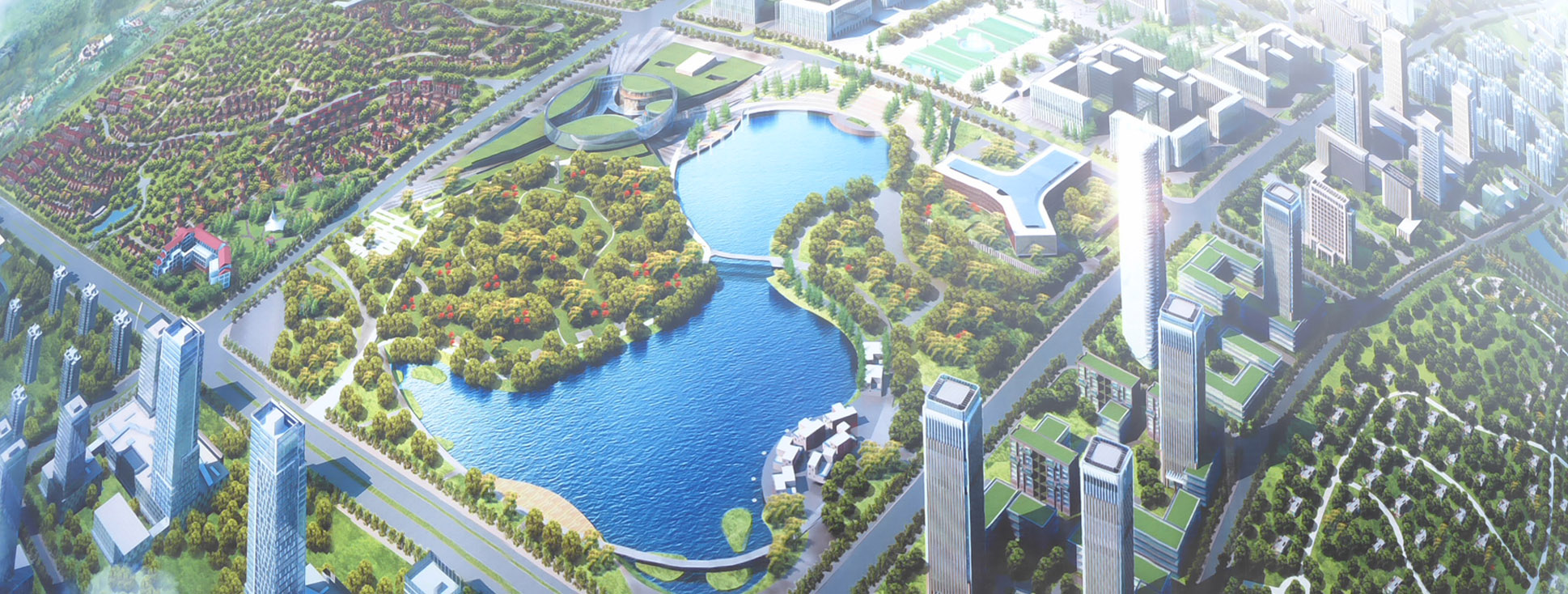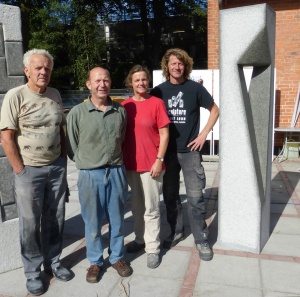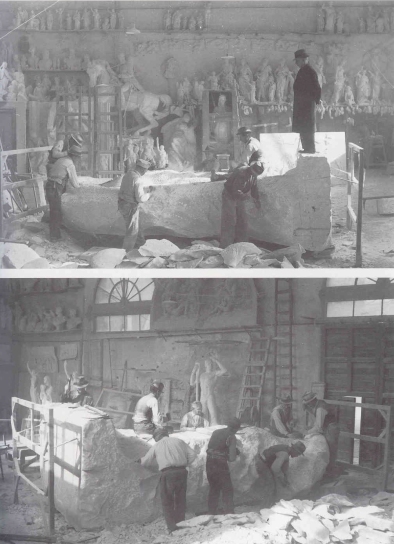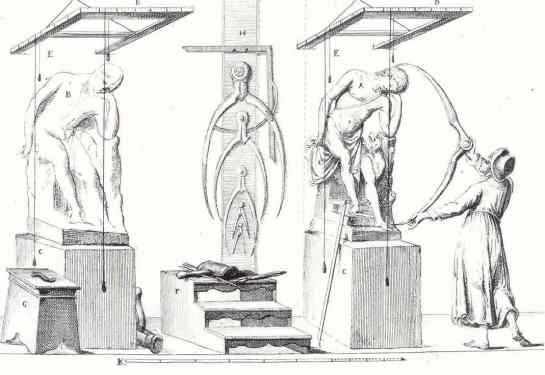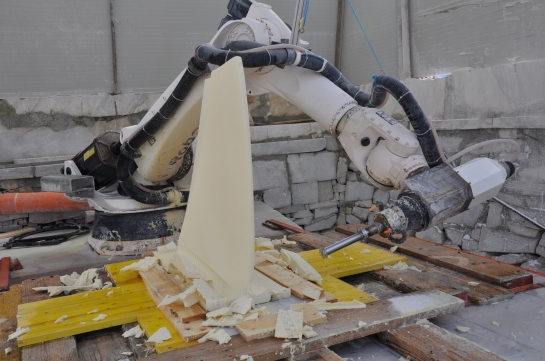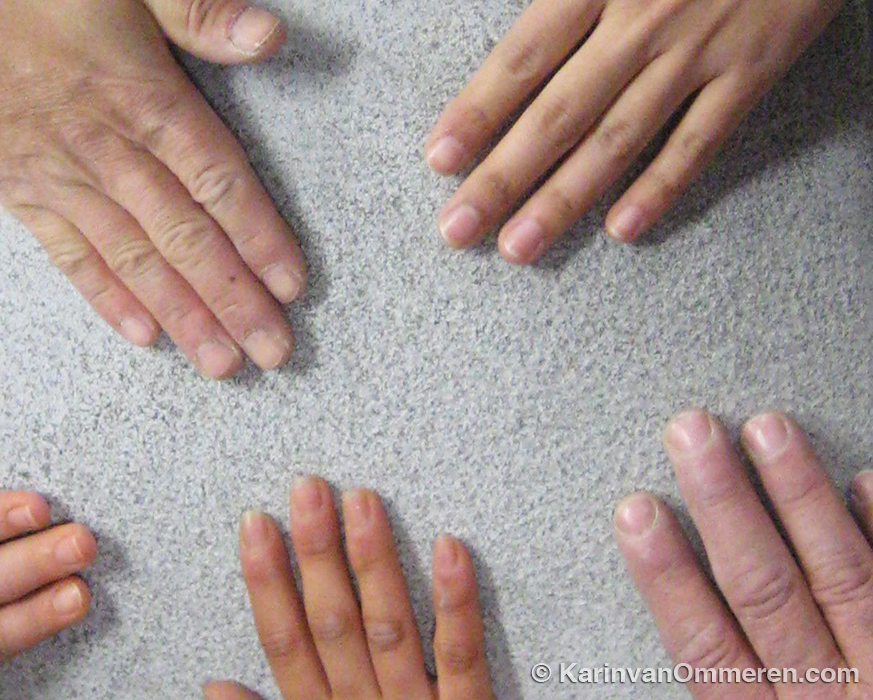
Two men splitting a block in the quarry. The diamond wire only came into use in 1978.
Hard work for tough people. Quarrying marble has been a way of life in Carrara and in the quarries of the Apuan Alps for centuries. Many died doing the work. Streets here have names like “Via dei Martiri del Lavoro” … the “Martyrs of Work Way… ” A complicated history.

The “Lizza”, the transport of the marble blocks from the quarries in the mountains.
The photos are from the book “Il marmo….ieri e oggi” (Marble… yesterday and today) by Ilario Bessi, published by Societa Editrice Apuana, it describes how the marble industry in and around Carrara has progressed over the years.
In the first century BC, Greek marble started to be replaced by the Apuan marbles. The seaside city of Luni was built, from where stone blocks were shipped to all parts of the ancient world.
Important monuments arose, like The Pantheon and The Trajan Forum. Michelangelo came to Carrara in 1518 to search for the blocks to create his sculptures.
In the last century Carrara marble was exported all over the world and used in an infinite number of monuments.

The book shows the history of methods for quarrying, transporting and processing marble in the past through a series of beautiful pictures by Ilario Bessi, accompanied by a short and fascinating text by Alessandro Conti.
I, in my own way, continue in the old tradition … albeit with more modern tools. I make my art in my studio in Pietrasanta, the center for stone sculpture in Italy.
Visit my website: KarinvanOmmeren.com




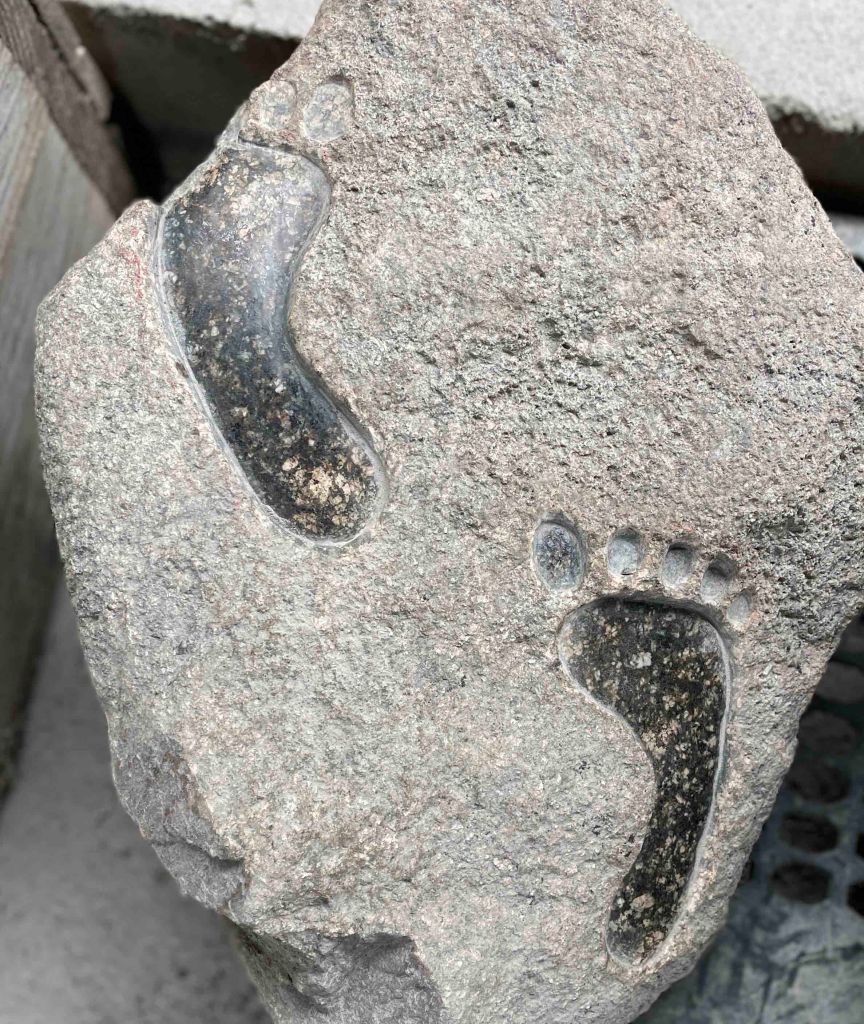

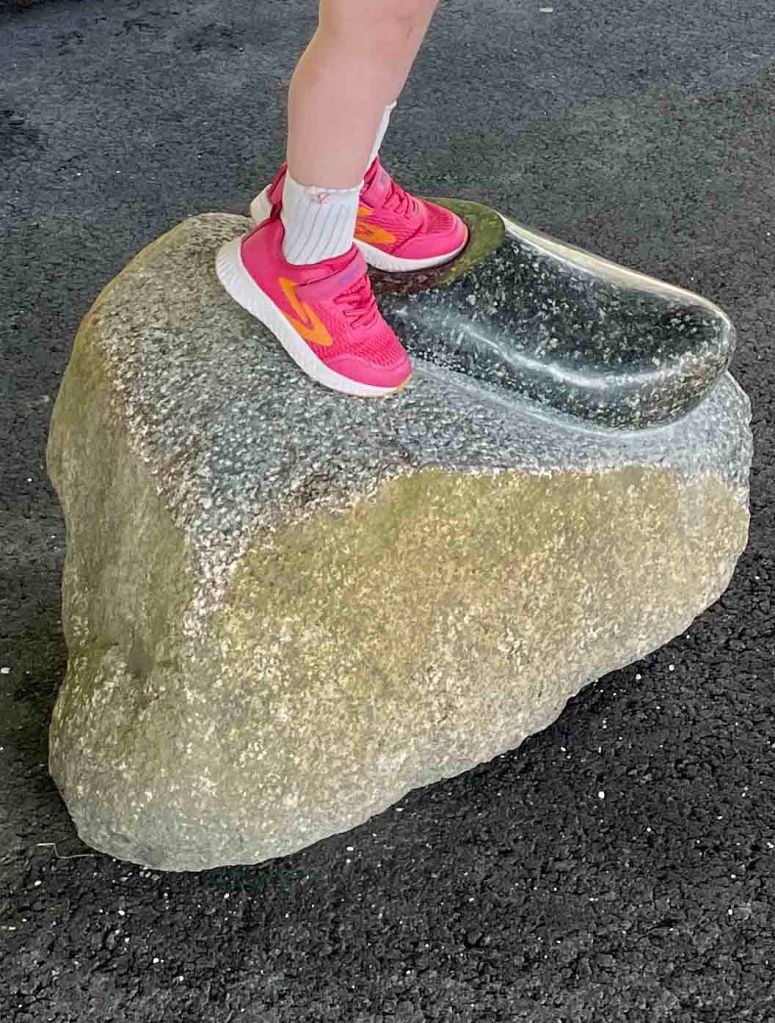













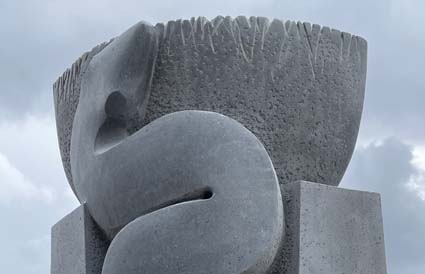

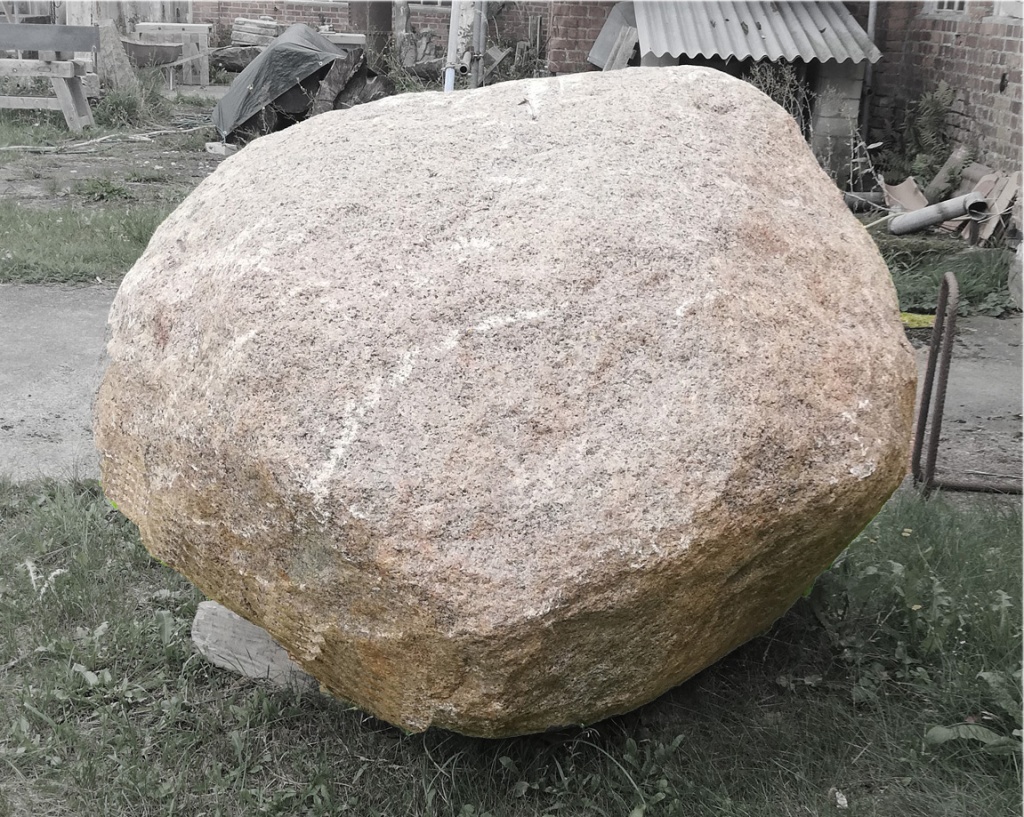
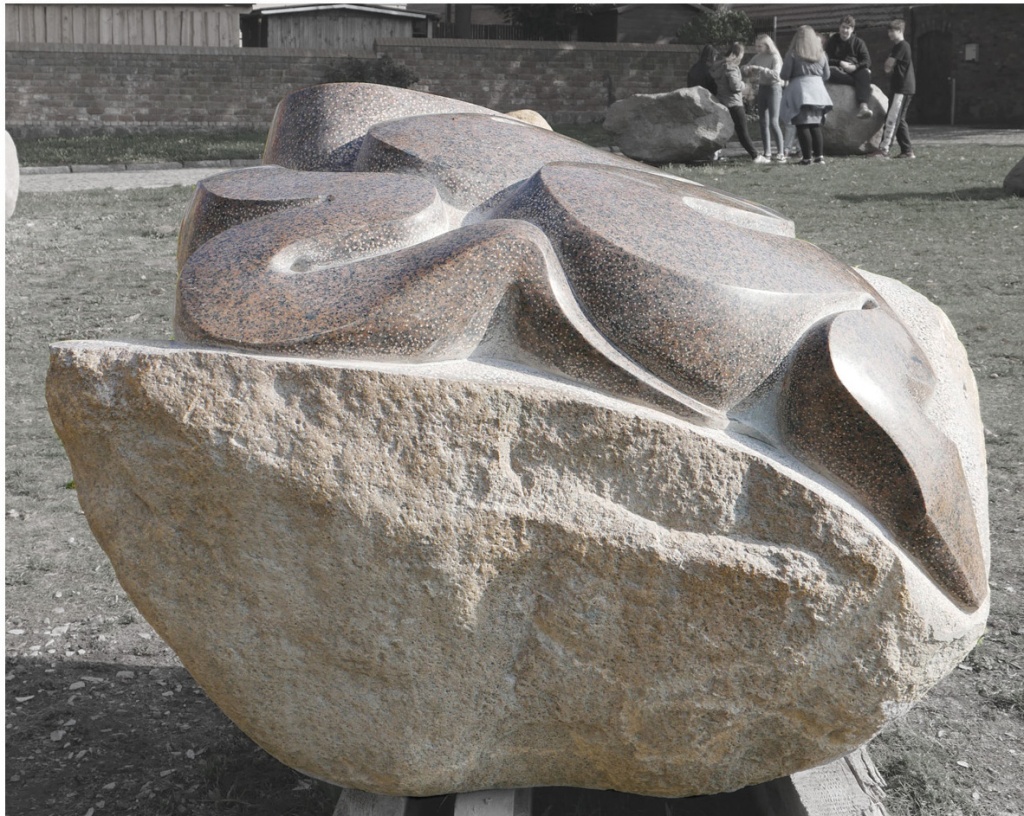



















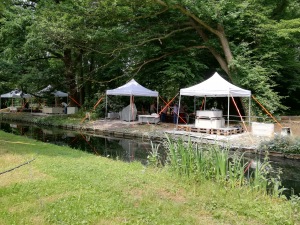
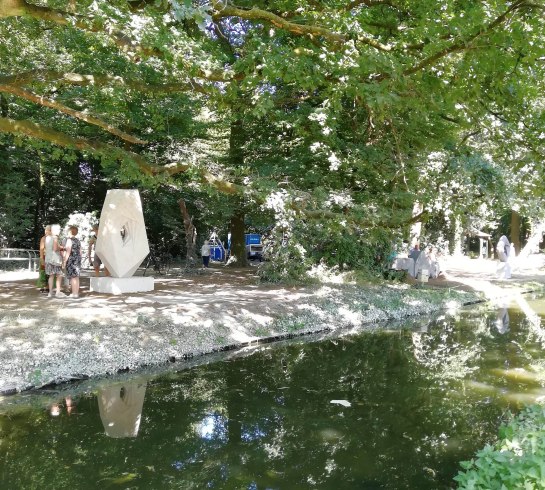


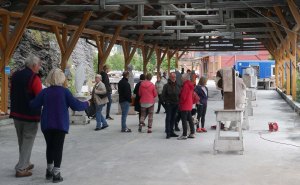
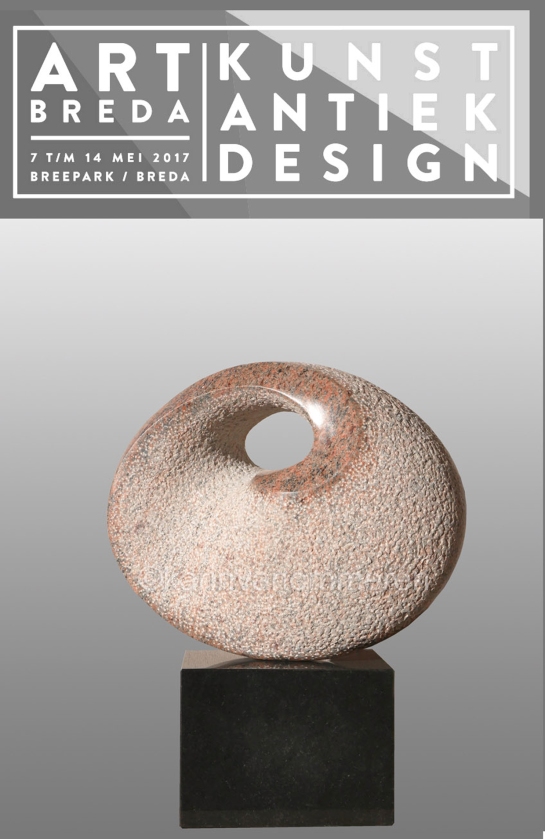

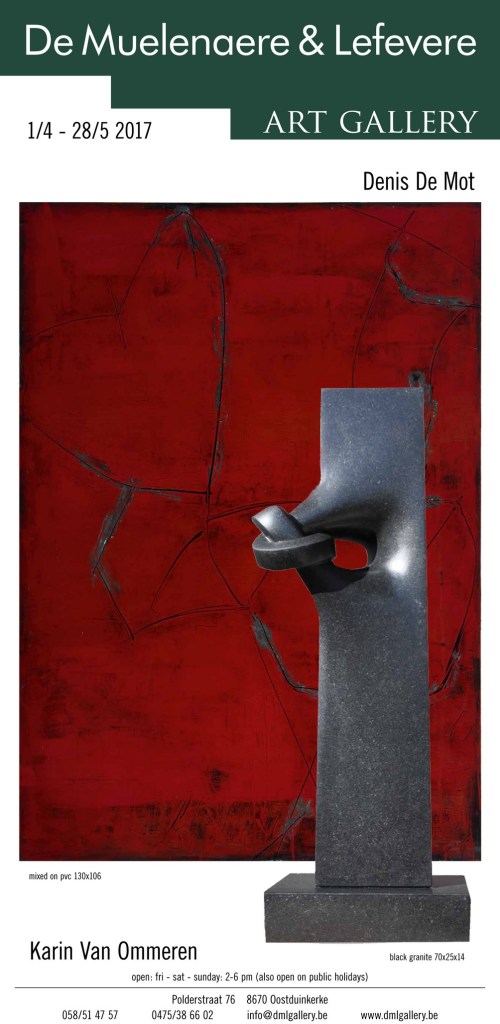


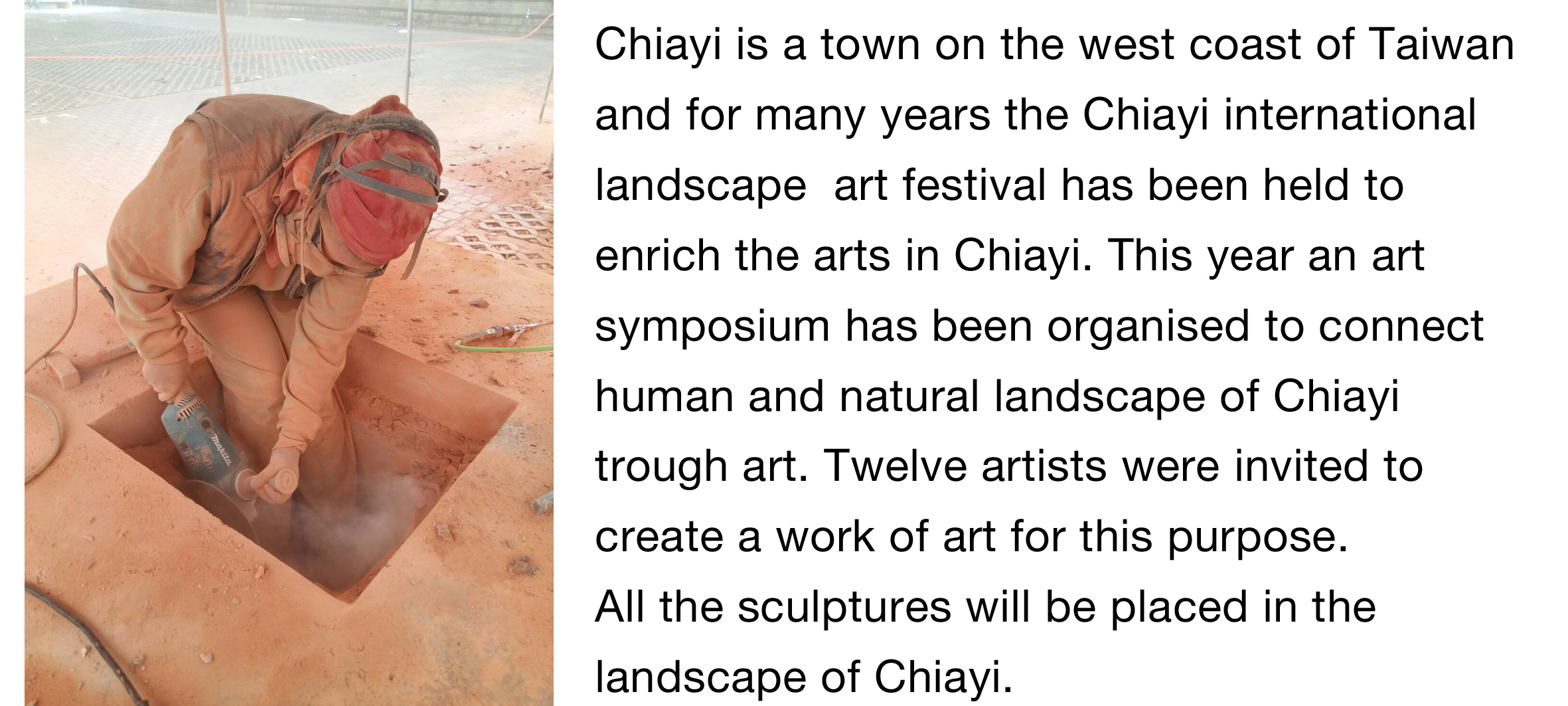



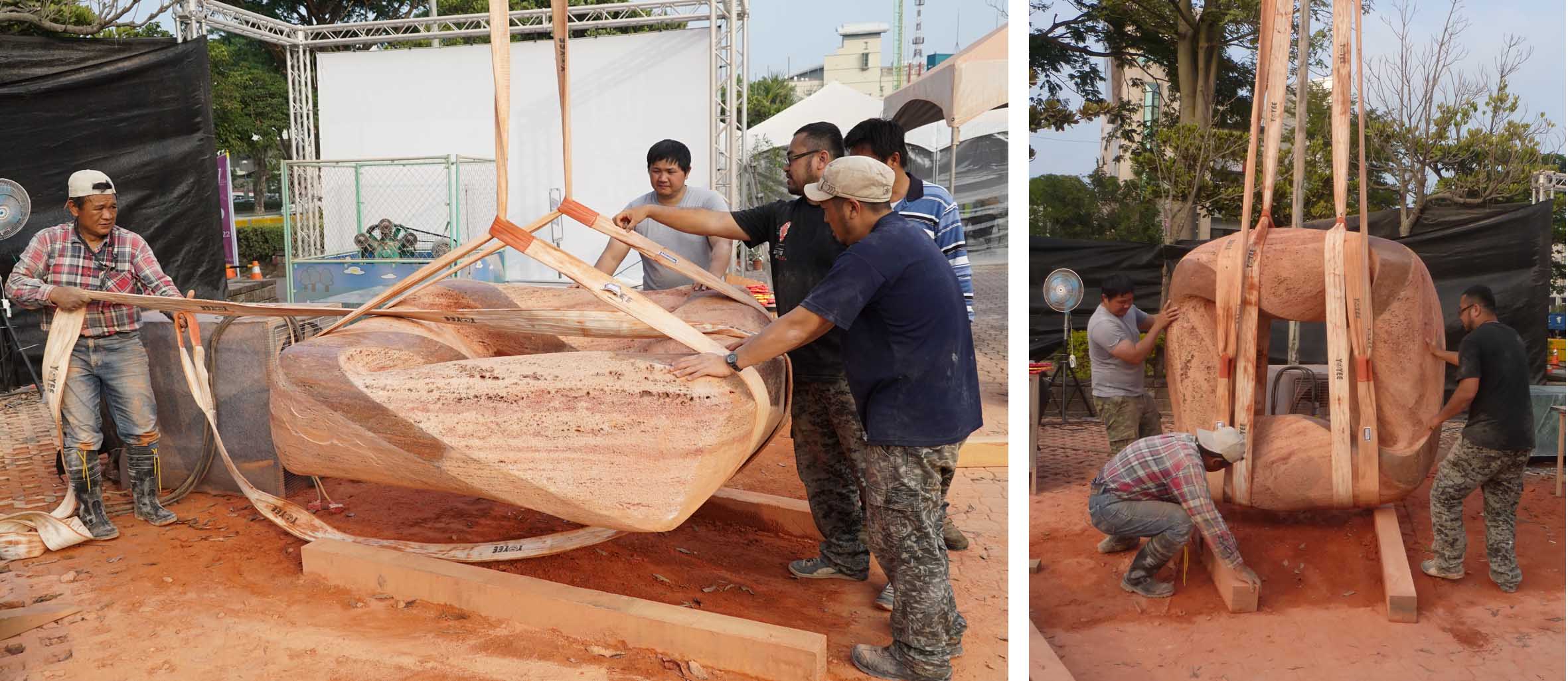




 Last month I was allowed to make a sculpture in Czech Republic. Hidden beneath the beautiful scenery of a small village called
Last month I was allowed to make a sculpture in Czech Republic. Hidden beneath the beautiful scenery of a small village called 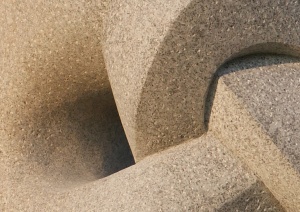
 On one of the hills in the beautiful landscape of the Adelaide Hills region in Australia, there is a place called “The Cedars”. This year ten sculptors were invited by the Adelaide Hills International Sculpture Symposium (www.adelaidehillssculpture.com.au) to come to this place and carve a work of art for the Hills Sculpture Trail, which was an idea founded by a group of volunteers in 2011 and the sculptor Silvio Apponyi to “enrich the Hills with sculpture.
On one of the hills in the beautiful landscape of the Adelaide Hills region in Australia, there is a place called “The Cedars”. This year ten sculptors were invited by the Adelaide Hills International Sculpture Symposium (www.adelaidehillssculpture.com.au) to come to this place and carve a work of art for the Hills Sculpture Trail, which was an idea founded by a group of volunteers in 2011 and the sculptor Silvio Apponyi to “enrich the Hills with sculpture.